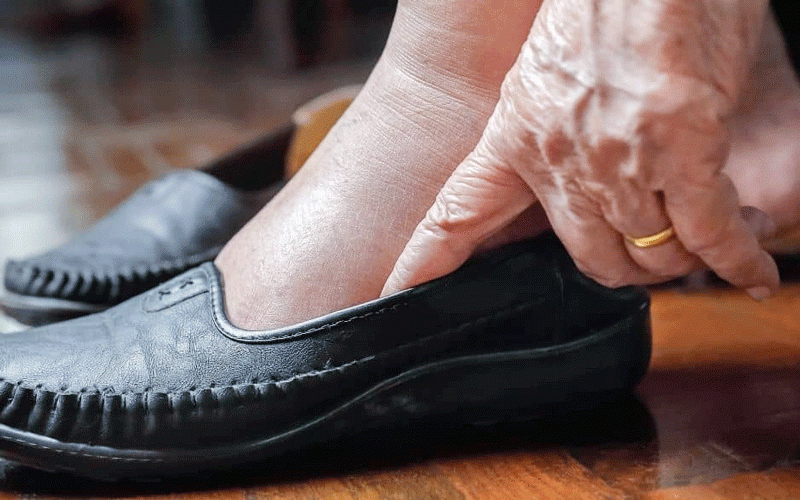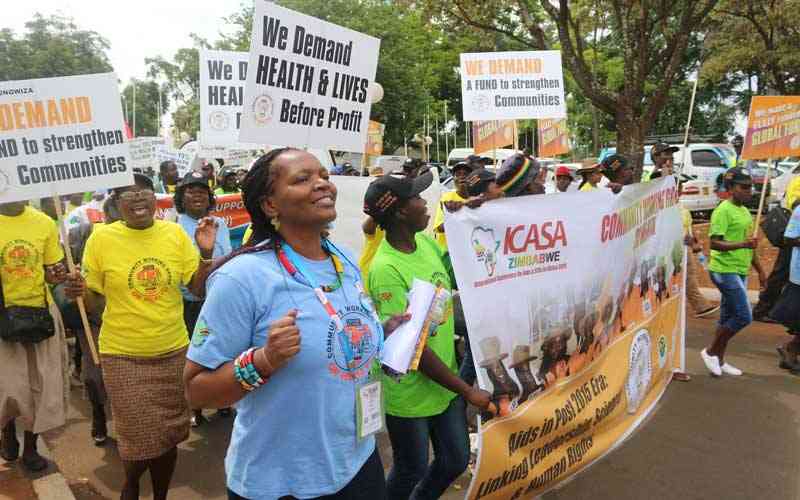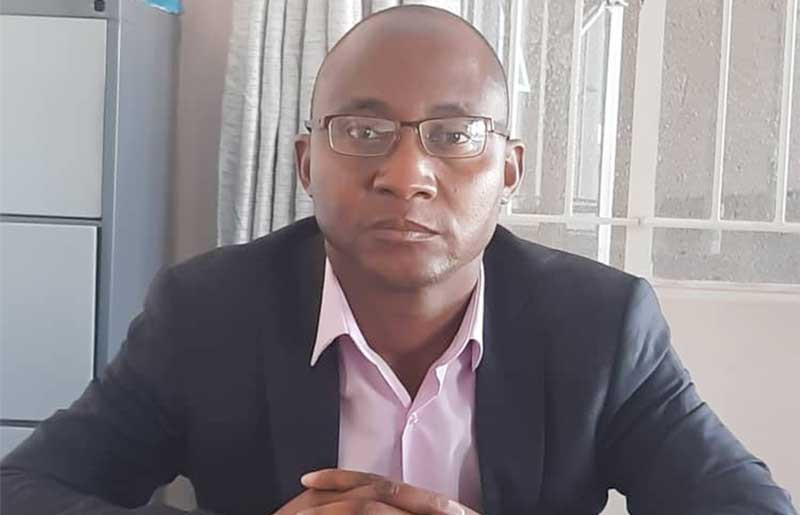
Nine-year-old Natasha Mupande* of Mhondoro-Ngezi District lost both parents to Aids, forcing her to become the head of the family. Natasha’s soft-spoken tone and the brave look on her face belie a level of maturity not often displayed by her peers.
“After our mother died we were so devastated that we lost all hope but things turned out differently as the village was helpful and we never had to stop going to school,” she said.
Her story might be very touching but it is nothing new for thousands of other children in many parts of Zimbabwe including Ngezi District where 671 children were identified by Simbarashe Network for People Living with HIV (PLHIV) as Orphaned and Vulnerable Children (OVC) while 158 are HIV-positive.
Simbarashe Network of PLHIV was supported by SAFAids and Padare after an increased death toll in the community as well as the leaving out of children on programmes concerning their health.
Traditional leaders have acknowledged that the sidelining of children in disease prevention, care and support programmes is the key cause for the increased paediatric deaths in their villages.
Chabu Murambwa, the paramount chief of Seke district has taken the initiative to help more children whose predicament is similar to Natasha’s by leading in the HIV and Aids prevention care and support in his village.
Murambwa said: “I wanted to help the children as there has been an increase in the number of children who are in need of ARVs and who have been left to head families by the deaths of their parents.”
HIV has remained a stark reminder of the struggles children face as the pandemic continues to ravage the country. Charakupa Ngwerume, a social worker in Seke, has also taken the initiative of supporting children affected and infected by HIV.
- Chamisa under fire over US$120K donation
- Mavhunga puts DeMbare into Chibuku quarterfinals
- Pension funds bet on Cabora Bassa oilfields
- Councils defy govt fire tender directive
Keep Reading
She supports programmes like the Simbarashe Network of PLHIV’s Impact Integrated Model of Paediatric Aid Care and Treatment, which has seen the inclusion of vulnerable children in HIV support programmes.
Children had been left out in HIV treatment programmes for years. According to research by Organisation for Public Health Interventions and Development Trust, there has been an increasing trend of home deliveries in Zimbabwe over the past decade, from 23% in 1999 to recent reports of 35% in 2010.
In the context of HIV, home delivery limit coverage of Prevention of Mother to Child Transmission (PMTCT) programmes and increases non-adherence to anti-retroviral (ARVs) to prevent vertical transmission.
“Parents lack information and consequently they don’t bring their children for testing or treatment,” Ngwerume said.“There has been little attention given to children yet they are not immune to HIV.”
Seke rural has identified 506 children as vulnerable with 406 of them coming from Seke rural and the remainder coming from Makoni District in Rusape.”











